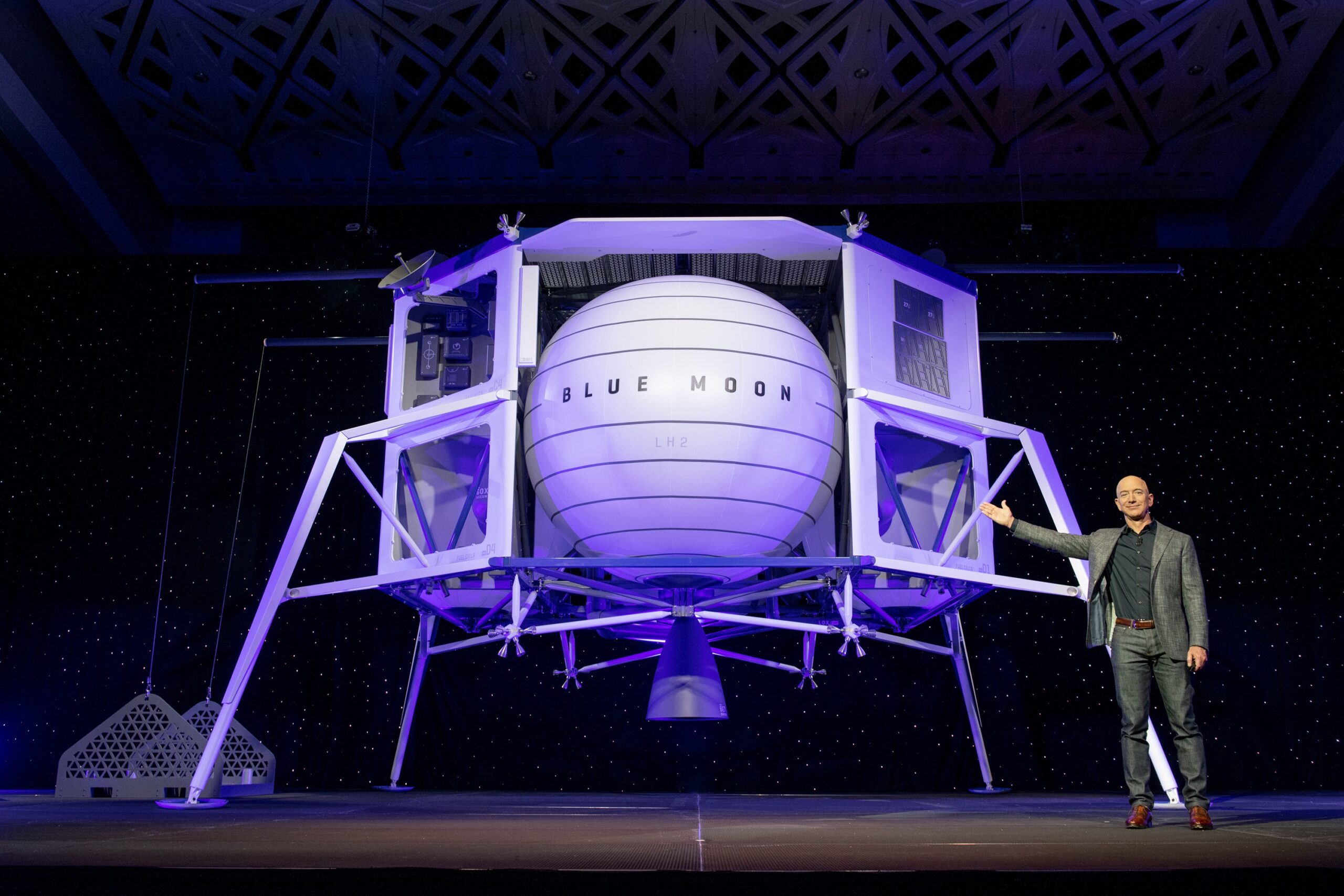

Blue Origin put out an infographic on social media that attempted to paint SpaceX’s plans - which involve using multiple launches to get Starship vehicles and tankers full of fuel into orbit - as outlandish, straying too far from technology that has already been proven. “Without competition, NASA’s short-term and long-term lunar ambitions will be delayed, will ultimately cost more, and won’t serve the national interest.”īut Nelson was apparently unswayed, and then Blue Origin escalated the standoff again by filing the lawsuit in federal claims court about two months ago. “Without competition, a short time into the contract, NASA will find itself with limited options as it attempts to negotiate missed deadlines, design changes, and cost overruns,” Bezos’ lettter reads. That happened despite an attempt by Bezos to personally intervene by sending an open letter to NASA Administrator Bill Nelson in which he pledged to waive $2 billion of development costs if doing so would get Blue Origin’s hat back in the ring. NASA's new chief on SpaceX's Mars rocket, UFOs and going back to the moonīlue Origin first attempted to fight the decision with the Government Accountability Office but was shot down in July. Nelson remarked on his long history with NASA, and among other topics, discussed the agency's plans for future Earth-focused missions to address climate change a robotic and human return to the Moon through the Artemis program and two new planetary science missions to Venus for the late 2020s called VERITAS and DAVINCI+. NASA has repeatedly said cost was a large motivating factor in its decision to choose SpaceX as the sole awardee for the HLS program.Īdministrator Bill Nelson talks to the agency's workforce during his first state of NASA event at NASA headquarters in the Mary W. Blue Origin’s offer came in at $6 billion.

SpaceX’s bid was by far the cheapest at $3 billion. In April the space agency chose to go with only one contractor, SpaceX, for HLS. Though Blue Origin did initially receive some development money from NASA, the current drama was kicked off whenCongress allotted NASA about two billion dollars less for HLS than the $3.4 billion it had requested. And Blue Origin gave a more straightforward plan to develop a lunar lander much like those used for the mid-20th century NASA Apollo missions, which remain the only missions that have ever put humans on the moon. SpaceX plans to use the Starship, a gargantuan rocket and spacecraft system in development that Musk hopes will go on to colonize Mars one day. The companies gave NASA two wildly different proposals for getting boots on the moon. “We look forward to hearing from NASA on next steps in the (Human Landing System) HLS procurement process.”īezos also weighed in with a tweet, saying it’s “not the decision we wanted, but we respect the court’s judgment, and wish full success for NASA and SpaceX on the contract.” “Returning astronauts safely to the Moon through NASA’s public-private partnership model requires an unprejudiced procurement process alongside sound policy that incorporates redundant systems and promotes competition,” the statement said.

In a statement, a Blue Origin spokesperson said its lawsuit “highlighted the important safety issues with the Human Landing System procurement process that must still be addressed,” though the company also said it still strongly supports NASA’s plans to go back to the moon. A Thursday filing said lawyers will meet on November 18 so they can come to an agreement on releasing a redacted version of the judge’s opinion. That work will now resume “as soon as possible,” the space agency said in a statement.ĭetails about the lawsuit, which was filed in federal claims court in August, have been sparse, as the companies asked the judge to keep much of the proceedings secret. The legal dispute had put NASA and SpaceX’s work on the contract for the Human Landing System (HLS), as the program is called, on hold.

Brown/AFP/Getty ImagesĮlon Musk and Jeff Bezos are arguing over the moon already.


 0 kommentar(er)
0 kommentar(er)
